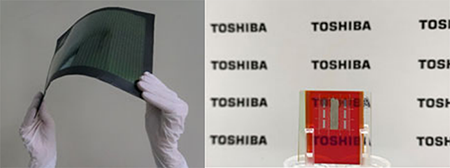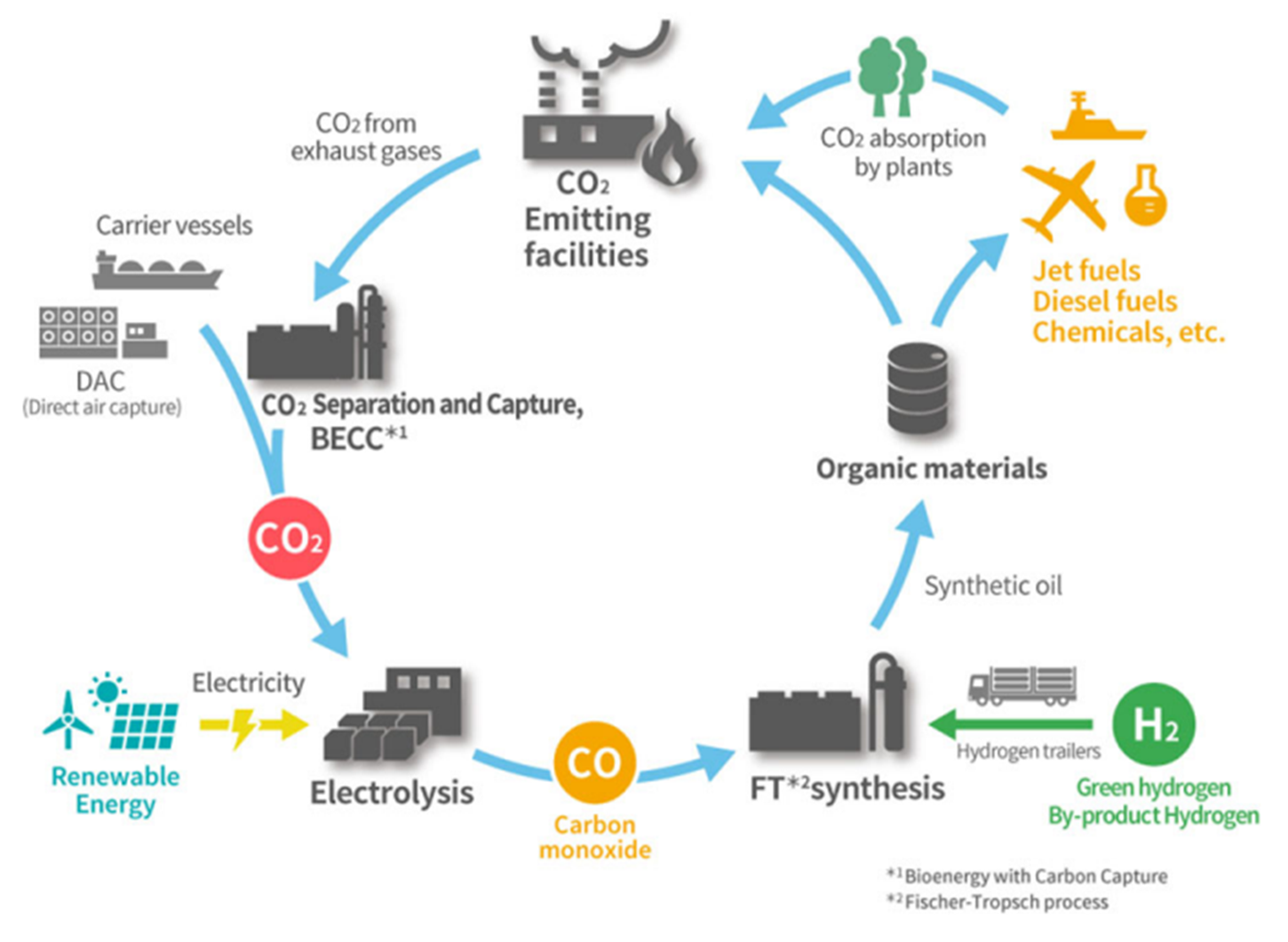
 Newsletter
Newsletter  Toshiba Technologies Responding to Climate Change &
Fostering Sustainable Development
Toshiba Technologies Responding to Climate Change &
Fostering Sustainable Development
Toshiba Technologies Responding to Climate Change & Fostering
Sustainable Development
ISSUE 15: February 2022 Sustainable development embraces ESG
objectives to deliver long-term equitable growth which benefits
current and future generations. Towards advancing environmental
management, centered in Toshiba Group's Environmental Future Vision
2050, Toshiba has pledged to achieve carbon neutrality by 2050, and
that by FY2030 greenhouse gas emissions in our value chain will be
70% lower than in FY2019.
Medium- to Long-term Vision
-
As a response to climate change: We will achieve carbon
neutrality throughout the entire value chain
- Achieve carbon neutrality by FY2050
- 70% reduction of GHG emissions by
FY2030 (from the FY2019 level)
-
70% reduction of emissions generated
from Toshiba Group business activities by FY2030: (from the
FY2019 level)
-
80% reduction of use-phase emissions of
products and services associated with power supply sold by
FY2030: (from the FY2019 level)
-
14% reduction of use-phase emission of
products and services associated with power consumption sold
by FY2030: (from the FY2019 level)
-
Reduce GHG emissions derived from purchased products and
services in collaboration with suppliers (base year TBD)
-
Promote business that related to climate change adaption
measures
In the recently published Sustainability Report 2021, Toshiba summarized its goals and FY2020 results responding to climate change.
Toshiba continues its effort in developing and promoting its decarbonization technologies that support local and global initiatives for carbon neutrality. Toshiba Group has developed state-of-the-art new solar cells to boost the renewable energy generation sector, while promoting technologies to capture and utilize CO2.
Light, film-type perovskite solar cells and Cu2O tandem solar cells with high power generation efficiency
Carbon neutrality is only possible with renewable energy, and solar energy is considered as one of the most promising alternatives. But silicon solar cells are heavy and rigid, limiting where they can be used. The film-type perovskite solar cell is thin, light and flexible, advantages for wide-scale installation in places where silicon solar cells cannot be installed. It promises greatly increased solar power generation. (See more: 3 minutes video to understand Toshiba's film-type perovskite solar cell).
Toshiba's Cu2O tandem solar cell makes current modules more efficient. Formed with transparent cuprous oxide (Cu2O), it is positioned over a standard silicon cell. As the cells generate power at different wavelengths, output per area significantly increase. This highly efficient solar cell promises electric vehicles that need no recharging on long journeys.
(See more: latest advance in power conversion efficiency of the transparent Cu2O solar cell.)

Toshiba’s film-type perovskite solar cell (left) and transparent Cu2O solar cell (right).
CO2 capture and power to chemicals (P2C) technologies
Carbon capture, utilization and storage (CCUS) and P2C technologies tackle carbon neutrality in industries where it is difficult to reduce CO2 emissions. CCUS captures CO2. A pilot plant Toshiba has operated since 2009 recovers 10 tons of CO2 per day, and in 2020 Toshiba brought this know-how to the capability of the world's first large-scale facility with BECCS*. It recovers over 50% of flue gas from the biomass power plant—600 tons of CO2 a day.
P2C turns CO2 into valuable resources. Toshiba has developed a CO2 electrolyzer that uses artificial photosynthesis technology to achieve world-class conversion rate of CO2 to CO, a raw material for chemicals. Toshiba is developing business models for sustainable aviation fuel (SAF), a P2C product.

Circular carbon economy model
Toshiba Environment Technologies at UPRUVNL Harduaganj Thermal Power Plant
Contributing to India's energy security, Toshiba has set up the 660MW super critical thermal power project for UPRUVNL at Harduaganj. Being a Brown field project, one of key challenges that Toshiba overcame was to set up the entire project in about 165 acres of land as against 300 acres required for this size of the project.
The Harduaganj plant is designed for Zero Liquid-effluent Discharge (ZLD) to outside. It incorporates treatment facility for up to 451 m3/hr of liquid effluent generated in the plant through a clarifier. Clarified effluent (up to 160 m3/hr) is used for Coal Handling Plant & Ash Silo dust suppression and horticulture purpose and remaining clarified water (up to 291 m3/hr) is further treated through Reverse Osmosis (RO) process such that it can be used as make to the cooling tower thereby reducing the fresh make up water. Such ZLD concept reduces the total plant water consumption by up to 451 m3/hr and also eliminates pollution from such liquid effluents. This system fulfils the requirement of the project environmental clearance.
*Project Outline:
1. Plant: Harduaganj Ultra-supercritical Thermal Power Plant
2. Client: Uttar Pradesh Rajya Vidyut Utpadan Nigam Ltd. (UPRVUNL)
3. Location: Aligarh district, Uttar Pradesh State, India
4. Scope: EPC Project
Message from the Management
With our R&D focus and advanced technology, including carbon management, renewable energy and digital transformation, Toshiba Group contributes to sustainable development of India, for a New Day.
I also congratulate everyone involved in the state-of-the-art Harduaganj Power project and express my gratitude to the state Government, local authorities and the management team at UPRUVNL for their support.
Mr. Shuichi Ito
Managing Director
Toshiba India Pvt. Ltd.
Toshiba Corporate Video 2022 "Our Commitment "
Toshiba has long been committed to solving global
social issues. We are advancing the quest for
carbon neutrality and resilient infrastructure,
making full use of our strengths in energy,
infrastructure, devices and digital technologies to
deliver solutions that only Toshiba can. We remain
true to our longstanding basic commitment,
“Committed to People, Committed to the Future.”
and will continue to promote innovation and tackle
issues head on.


